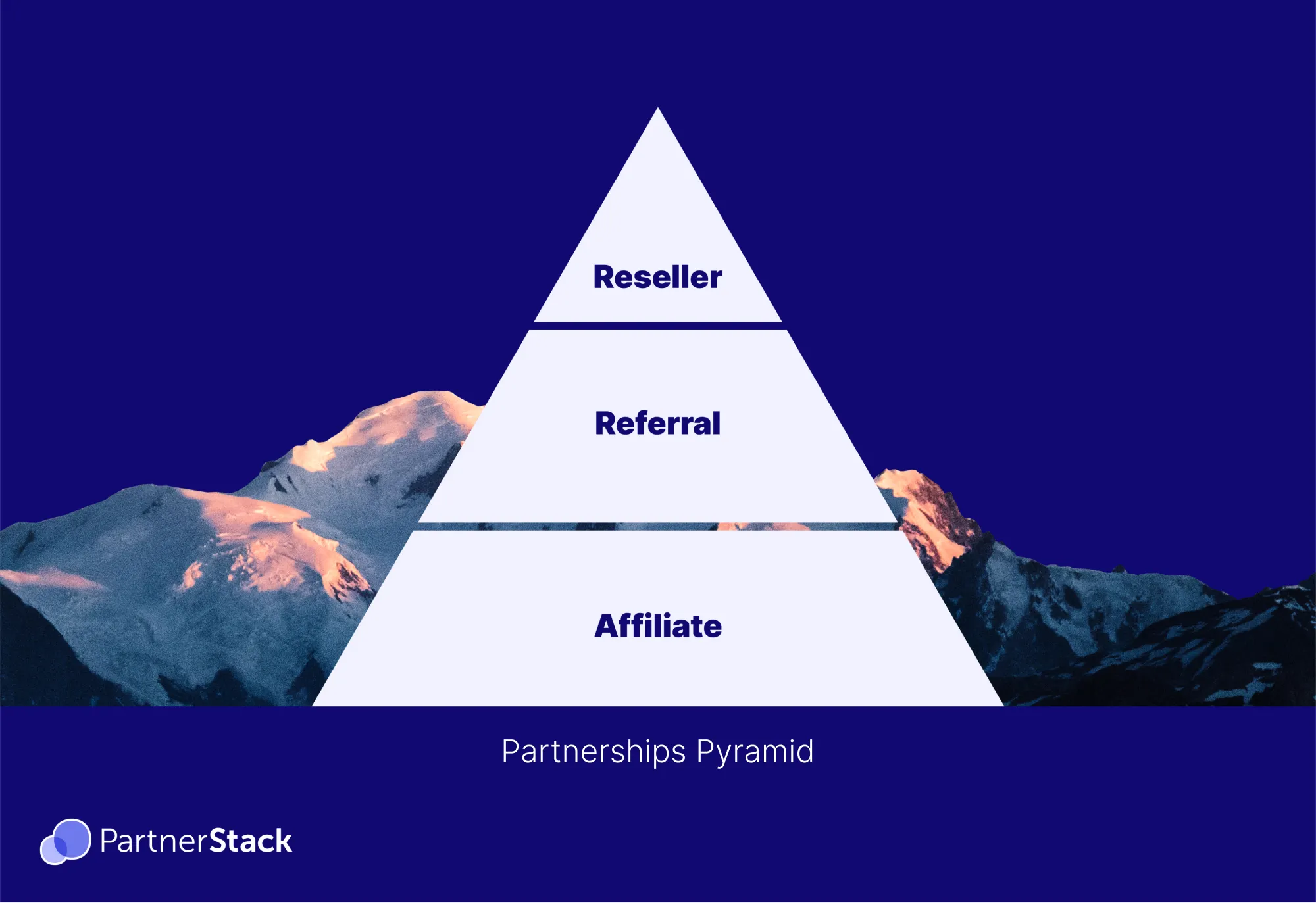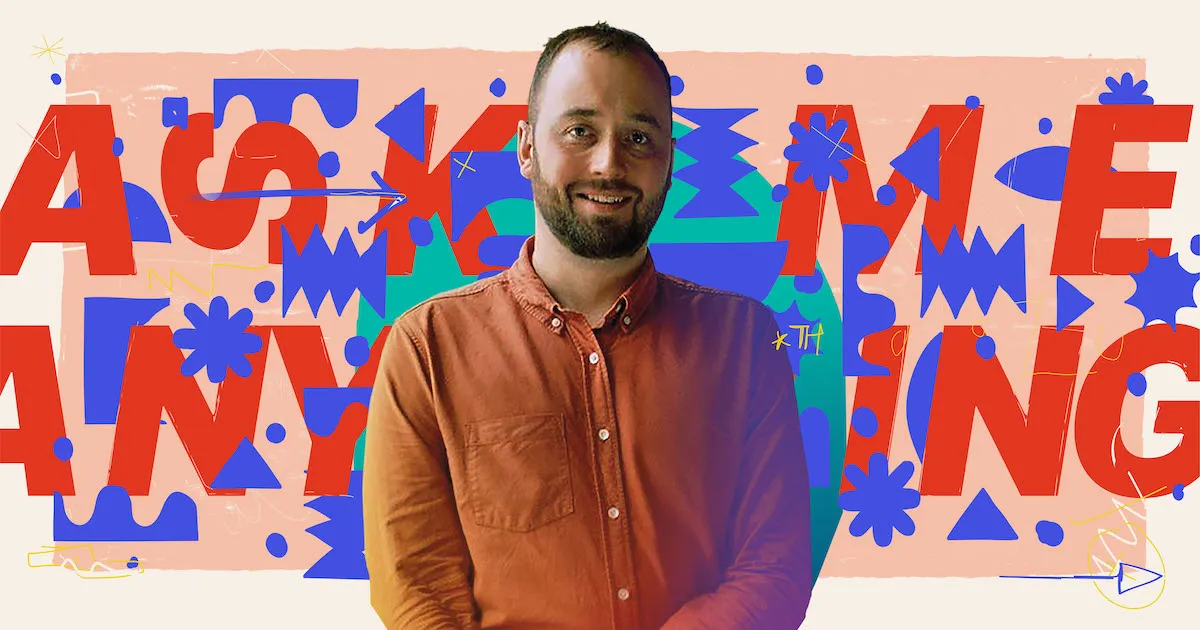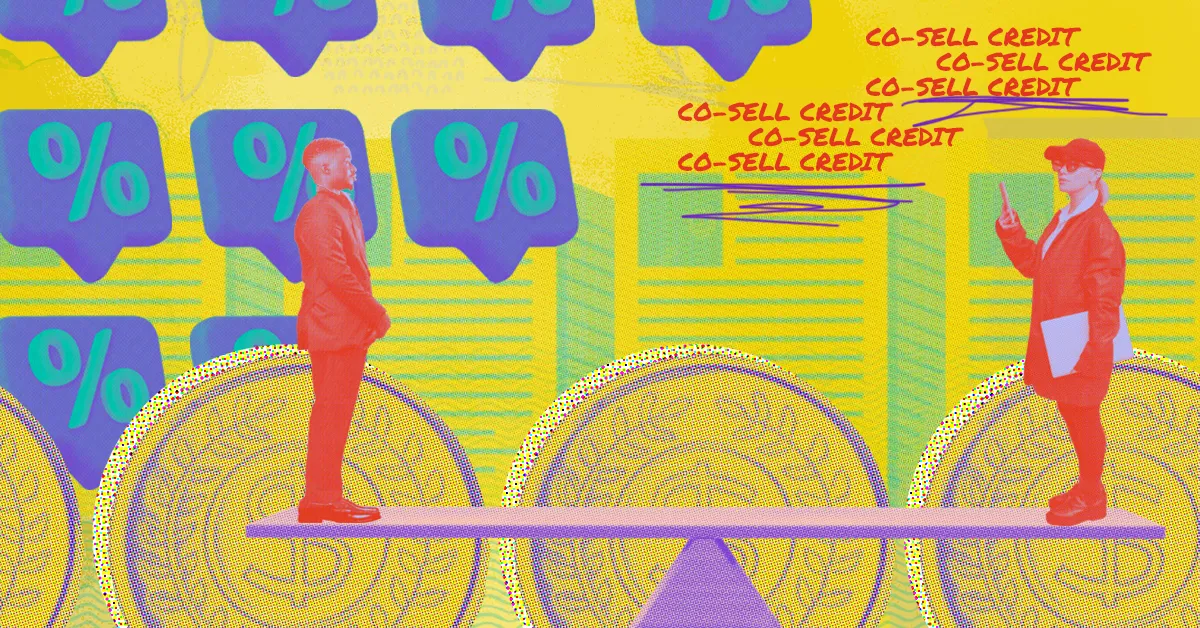If you look at some of today’s most successful tech giants, you’ll notice one common strategy many of them have relied on to achieve their fortunes and keep recurring revenue high: partnerships. HubSpot drives 30% of its revenue through its partnership programs. PartnerStack customer Looka drives one-third of profits through its affiliate programs. And Shopify drives a whopping 50% of its revenue through partnerships.
Driving significant incremental revenue through partnerships is surprisingly attainable for the average business. But it won’t happen overnight. You need a solid foundation of proven tactics discovered through experimentation, with new programs layered on gradually over time.
At our recent “Ask Me Anything” webinar with PartnerStack CEO Bryn Jones, we covered the gamut of partnership queries to help your business reap the rewards of a partnership program. Below, we’ll recap the Q&A covering each phase of your partnerships journey — whether you’re overwhelmed and contemplating how to get your program off the ground, or you’re already excelling and wondering what’s next.
Getting started with a partner program
We’re thinking about launching a partner program. Where should we start?
At PartnerStack, we think of partnerships as a pyramid with three levels:
- Reseller partnerships, where third parties manage the full-cycle sale.
- Referral partnerships, which send qualified leads and may help close accounts.
- Marketing partnerships, which help drive top-of-funnel activities like clicks. (Sometimes also referred to as affiliate partnerships.)

We always recommend starting at the bottom of the pyramid and working your way up, since programs at the bottom are simplest to orchestrate. A marketing partner program is an ideal place to start because you can get a fantastic ROI in a short period of time, which is important for securing the budget to keep hitting your targets. Over time, you can expand your program to subsequent levels, while incorporating insights you learn along the way.
Want to go deeper on this topic? Read The Path to SaaS Channel Readiness: Scaling the partnerships pyramid.
What's the best way to start an affiliate program, specifically?
The first thing you need to do is hang the sign on your door that says you're open for business. Chances are, you already have ideal potential partners landing on your website today, and aren’t even aware of it. If you put up an application, you can start collecting data and passively building an inbound motion.
Second, we recommend checking out what your competitors are doing — ideally folks in the SaaS market with a similar average contract value (ACV) as your business. It's pretty easy to find who your competitors’ partners are, whether they’re on blogs or review sites. You can reach out to them directly. It's a great first outbound strategy because you have a crystal clear picture of who you’re trying to target.
Third, you have to sell a partnership with these affiliates. It's critical to describe to partners the nature of your commitment — the resources you will provide them, how you will enable their success, and how they will be rewarded. A common mistake I see partner programs make is not presenting clear incentives on their landing page.
Remember that successful partnerships are all about selling the partnership, not necessarily selling your product.
Want to go deeper on this topic? Read Avoid the most common partner program launch mistakes.
How should we measure the success of our partner program? Is there more to it than just sourced revenue?
Partner-sourced revenue is the ultimate score on the board, but there are many leading indicators earlier in the cycle. These will foretell success or failure and help you course-correct if you’re not on the right track.
Think of your partners’ journey as a funnel. Much like your inbound marketing strategy, ask yourself if you have enough folks knocking on your door looking to work with you. Monitoring the total number of partners joining is key in the early days.
Next, there are two levels of engagement that you need to track and measure. The first involves leading partners from their application to driving their first clicks, leads, or sales. This can be measured by tracking the number of partners who’ve completed training or certification through your learning management system (LMS), or collecting qualitative feedback from partners about the program.
The second level of engagement to track is how well you’re activating partners who have been in the program for 6-12 months, and how successfully you’re getting them to drive value on a recurring basis. Often, improving this level of engagement is about building deep relationships with highest-value partners. The top 5-10% of your partners will usually drive 90% of the value, but they're not going to do it overnight. These are the partners you need to identify and empower with extra attention and enablement.
Want to go deeper on this topic? Read Partner program KPIs: the metrics you should measure and optimize.
Scaling up your program
What are some of the best practices to engage partners?
My advice would be: Don't overcomplicate the engagement right out of the gate. We have seen vendors come onto our platform and build elaborate training and certification programs that take three to six months to build, and then another three to six months for partners to complete. This is a mistake.
In the early days, training and enablement should be a very simple program that partners can run through in 30-60 minutes. When you start seeing partners achieve success, you can ask the successful ones what they need to do even better, and the unsuccessful ones what support they were missing.
This is the best long-term strategy for engagement because it involves co-building your program with your partners over time, versus starting with an over-engineered program that may or may not actually fit their needs.
Want to go deeper on this topic? Read How to keep top-performing affiliates engaged — and how to push them away.
What types of motions have you seen drive the greatest results for referral partners in particular?
Think of referral partners almost like you would a sales organization. Unlike affiliate partners, who need less intensive training at the top of the funnel, referral partners actually need to be thoroughly trained on your product.
Your sales team likely already has some basic sales training enablement materials — you can upload these to the program. Once you see partners running through the program and getting their certificates, jump on the phone with them and work with them to identify three to five customers that they believe they can send over your way. Of course, this approach doesn’t scale, but it’s crucial for developing your program in the early days.
Once you have a handful of those partners, invest in their success. Don't assume that just because you have one or two partners sending you referral business, you're immediately ready to scale up. You should be trying to double the referrals you’re getting each quarter for the first six quarters before you start aggressively trying to bring in new partners.
Want to go deeper on this topic? Read How Maropost launched 3 partner programs in just 3 weeks.
What are the top three hurdles that companies encounter when trying to scale out the channel program?
The number one reason why partnerships never go anywhere is that the program never gets launched. You can build a perfect marketing experiment over many months with the right materials and incredible partners, but if it never gets off the ground, then it obviously cannot drive revenue for your business. Your priority as a partnership leader needs to be to launch your program. But don’t worry about making it perfect on day one — launch could simply be putting an application form on your landing page to collect data to start building out your partner personas.
The second challenge we see is that people over-complicate their partner program at the beginning. Sometimes we see folks dedicate multiple heads right away to a channel that's never before existed. If you have too many resources allocated to something new, the bar for performance can get unrealistically high before there’s time to develop the program.
The third difficulty is assuming that big partnerships work. Personally, I have yet to see that in practice. Launch quickly, build your persona, double down on what works. Nobody knows how this is going to work out, but you're going to be held accountable for it, so make sure that you don't over-commit.
Want to go deeper on this topic? Read Your guide to building partner personas (for more profitable partnerships).
Elevating your partnership strategy
What do you think about cloud marketplace selling, and how does PartnerStack support it?
Cloud marketplaces are an incredibly effective way to get distribution. But they present a technical challenge. How do you track these leads, signups, and sales — whether that's from an individual sharing a link, or directly through a cloud marketplace?
PartnerStack can solve these programs and our team is working hard to build the functionality to be able to show you net-new distributors. This is a very high-priority item for us.
We've recently announced a partnership called the Ingram Micro Pinnacle program, where we work closely with a distributor, Ingram CloudBlue, to best support the software companies that want to work with them. How do we make sure that the vendors we’re working together support are Ingram-ready, and how do we get them into Ingram's marketplace?
Want to go deeper on this topic? Read Ingram Micro Cloud and PartnerStack Launch Program to Drive Revenue Through Channel Partnerships.
We have a program that already includes marketing channels, referral channels, and resellers. Where do we go next?
Do more. You can always optimize each program to produce more partner-sourced revenue.
Measure which marketing, referral, and reseller programs perform best, and invest resources to double down on things that are working and stop spending resources on things that aren't.
Make sure that doing more doesn’t distract you from your bread and butter though. Shopify, for example, still has an affiliate program. They still have a marketing program that has been incredibly successful. They never take their eye off of what is there, but they look to open up new opportunities. Unless you are at that $100-200 million revenue mark, you should be focused on getting more out of your marketing, referral, and reseller programs.
You can also consider expanding to cloud marketplaces and connecting with the right distributor. However, to do this, your product needs to allow a third party to register new accounts on behalf of your customers, which can be a big technical challenge. But if you’re technically ready, PartnerStack has the capabilities and would be happy to support you in that next level of expansion.
Want to go deeper on this topic? Read Partnerships as a growth channel: what the fastest growing SaaS companies have already figured out.
What does the world of partnerships look like in 10 years? Which companies are leading the pack?
In 10 years, I believe that partnerships will have a seat at the table. Because if we're driving 20-50% of revenue, we deserve to have greater influence in the organization. We’ll get our efforts recognized by becoming really good at storytelling. We’re already incredible at strategy, execution, and operations. We just need to surface more stories of our success to leadership.
I believe partnerships will become even more strategic in years to come. We will be thinking through questions like: Where do partnerships sit in the organization? How can your marketing program become a referral program? How can that referral program eventually become a cloud marketplace program? How do you seamlessly layer all the components of your program?
The companies that are leading the industry are the ones that scale the majority of their revenue through partnerships, like HubSpot, Shopify, and Microsoft. We also have many amazing customers like Unbounce and Teamwork who are growing their careers by skyrocketing their companies’ revenue.
We want to support you as much as we possibly can on your own journey because we believe the next decade will be the decade of partnerships.
Want to go deeper on this topic? Read How Unbounce drives 25% of trial signups from 5k+ partners.

















